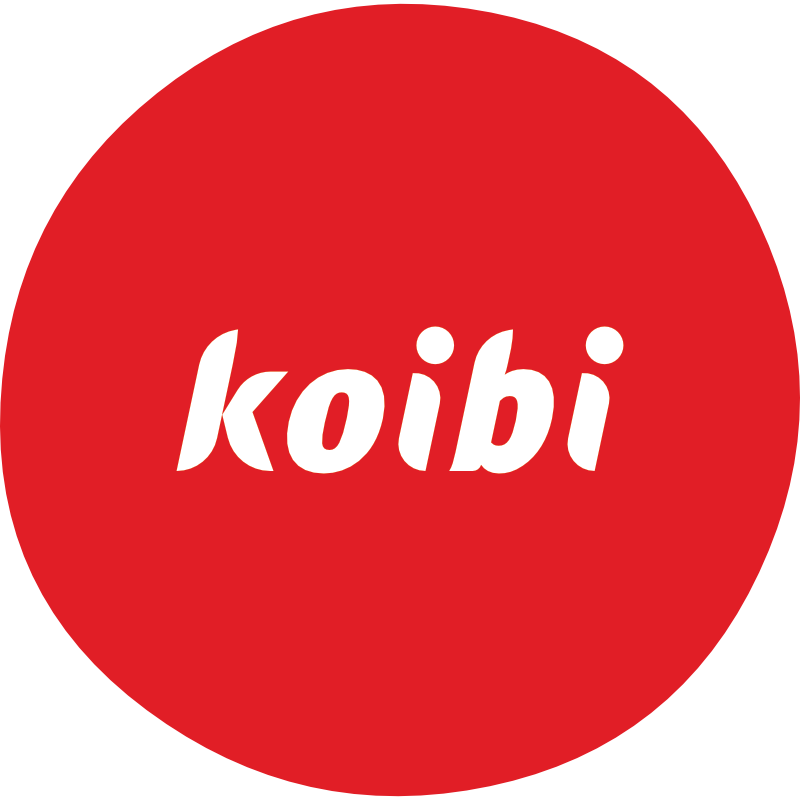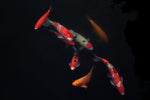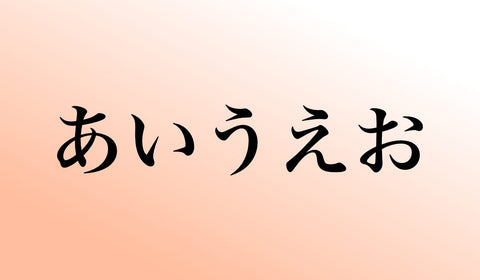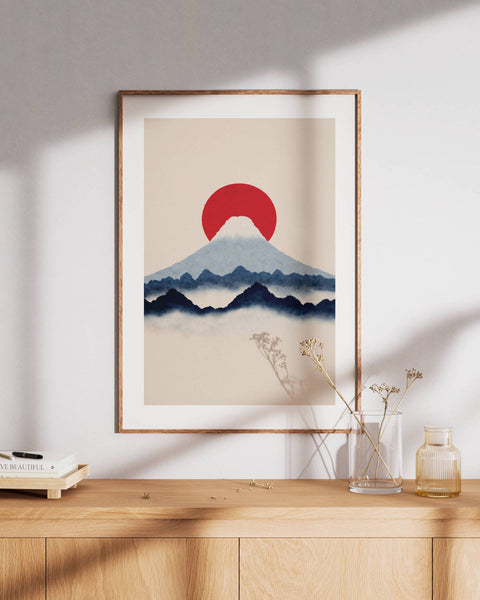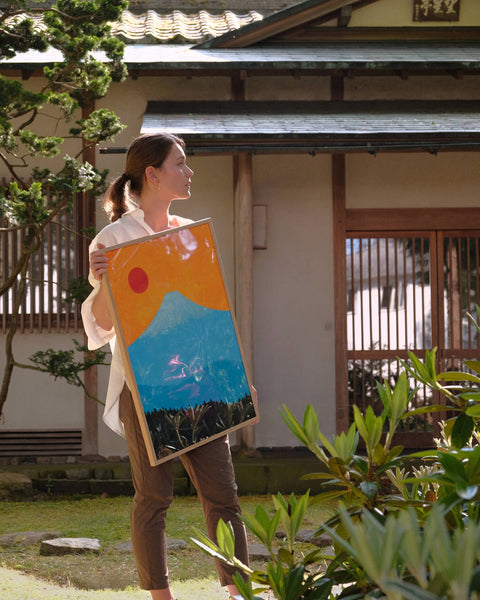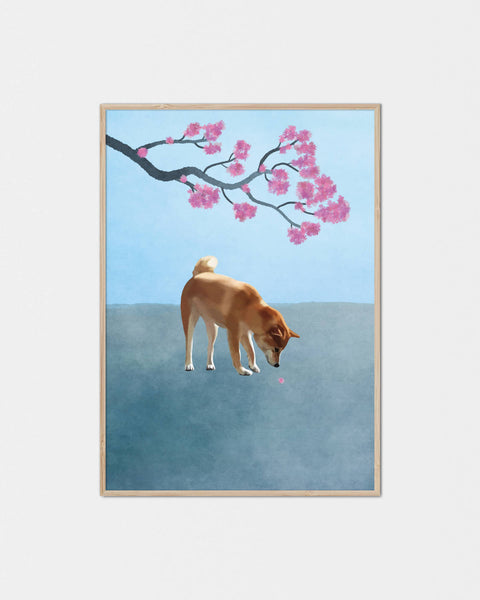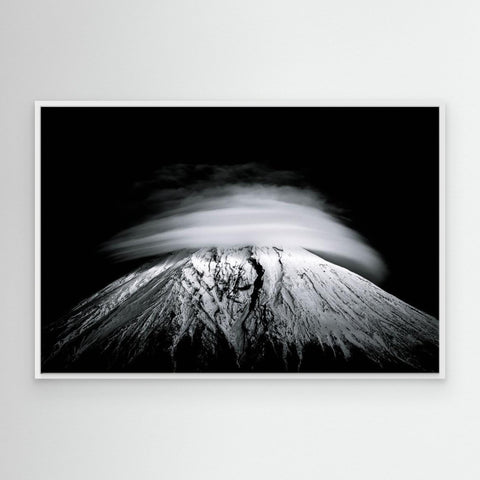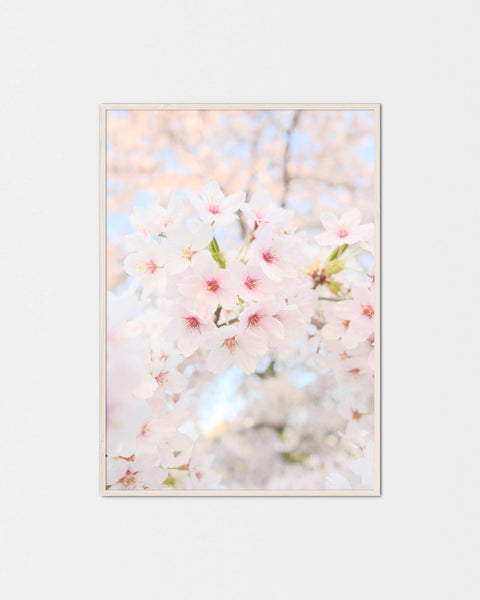Hiragana, Katakana, or Kanji — Listen, read, write, or speak?
A question that is asked to foreigners frequently when traveling in Japan is 日本語を話せますか。Nihongo-o hanasemasu-ka (Do you speak Japanese?). In many situations, it's an easy escape to switch over to English, but wouldn't it be a little more exciting to reply in Japanese and begin a small conversation? If you agree and would like to start learning Japanese without knowing anything, here are a few things to consider helping you get started well.
Good to know
Let's be honest from the very beginning—Japanese is probably not the most straightforward language to start learning. However, the good news is that you'll be able to level up quickly and build your confidence with some knowledge of how to approach the language.
First of all, be patient! Everything you learn in life will take time, and if you stick with it—regardless of intensity, the results can be fruitful. Whether your goal is to have a basic casual conversation, read your favorite manga book, or write with friends and colleagues using the written language.
Before jumping into where to start, I'd like to introduce a concept given to me by my Japanese teacher when studying in Japan. She said the more you expose yourself to the language—the better you'll learn and remember. That means listening, reading, writing, and speaking. Neglecting any of these will limit the results and make you fail to take it under your skin.
That said, it's crucial to accept that we can't learn everything at once, and it would be wise to focus on small steps without getting overwhelmed.
With these points in mind, it's time to get going with the language. If this means learning Japanese for the first time, where exactly do I start?
Learning Hiragana and Katakana
The answer is Hiragana (a 46 basic Japanese syllabary, recognized by its beautiful curvy shapes: ひらがな). If you start by learning Hiragana, and you take extra time to master it well. Then you'll have the perfect entry opportunity to read, write, and speak. When I enrolled in the University, we had to learn both Hiragana and Katakana by ourselves before the first week of school. Unfortunately, studying Hiragana was not prioritized regularly. It was a rookie mistake not spending more energy towards absorbing Hiragana 100%. It was basic knowledge, and because we had a lot to cover, I underestimated it for long periods. I'm giving this advice now so your learning experience will become significantly more enjoyable when taking on more complicated things—such as learning grammar, Kanji, and how to speak. Essentially, you can better focus on topics like these when Hiragana has become such a natural part of your memory, while your brain can function with less complexity.
Why not learn Katakana (same amount as Hiragana, but looks more angular: カタカナ) simultaneously? Well, you could and should master it sooner than later. The Katakana syllabary is pronounced the same way as Hiragana, however, used for words and names that are foreign. For example, a spoon (スプーン), which in comparison to chopsticks is not a native Japanese object. Nevertheless, Katakana can be very challenging to read and pronounce—mainly because they are words and names related to other languages, which can be tricky to guess when first encountered. Again, when you get the hang of learning the sounds of Hiragana, Katakana becomes effortless.
Be patient with Kanji
What about Kanji (漢字)? The major component of the written language consisting of characters by the thousand originated from China through Korea, will take most students years to learn. Even for the Japanese people—only when they have completed their compulsory education will they fully comprehend the complete list of jōyō Kanji (a literacy baseline of around 2136 characters). Don't be scared of the number—the most frequently used Kanji is possible to learn! Have patience, not before long you'll see a pattern, and Kanji can be fun to study if you want it to be.
Enjoy the process
In general, it's good to have fun when challenging yourself with a new language. I often hear from students that they hit a wall because they seek to learn from textbooks and content that is boring. We're all different, and while some like to study from old-school standardized methods, I urge you to think differently—have a little fun, find some content that matches your interest. Go on Netflix, watch Terrace House Japan if reality is your thing. Meet people who speak Japanese and practice with them if you are a social person. Explore artistic concepts like doing Shodo (Japanese art of calligraphy). Having fun while learning Japanese will keep you motivated and will surely make you fall in love with the culture at the same time.
You got this
Hopefully, this post has made you excited to start learning Japanese – whether that will be to start as a beginner or to continue your journey improving on what you already are doing. Imagine how cool it would be to communicate in Japanese. Someday, you may visit Japan, and knowing a bit in advance will most likely make your trip a lot of fun—even though the people of Japan love to speak with you in English too. The interest is mutual, and that's the great thing about it.
にほんごのべんきょうをがんばってください。
